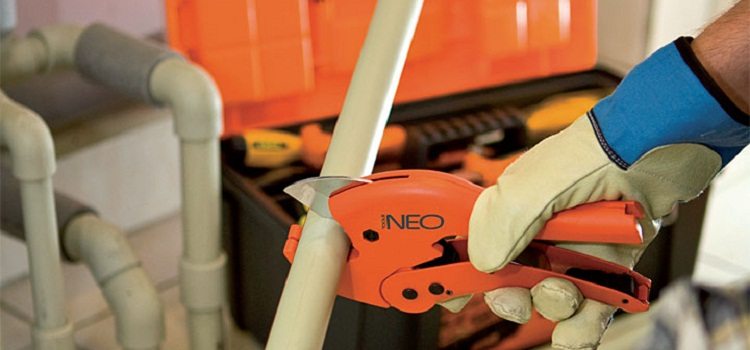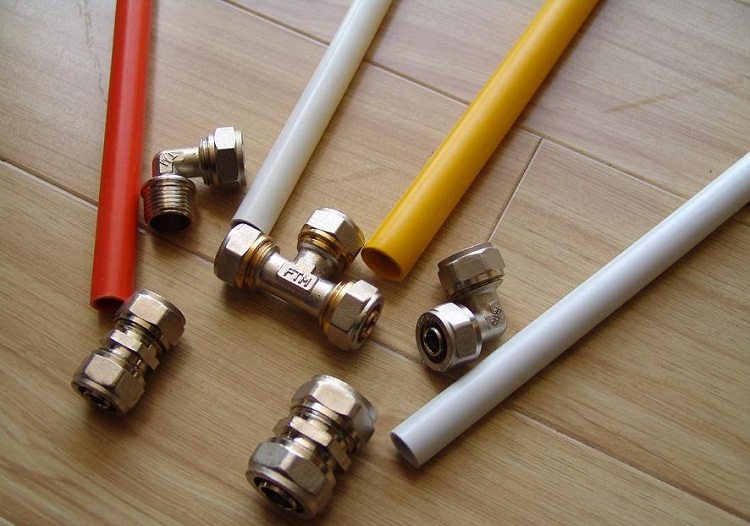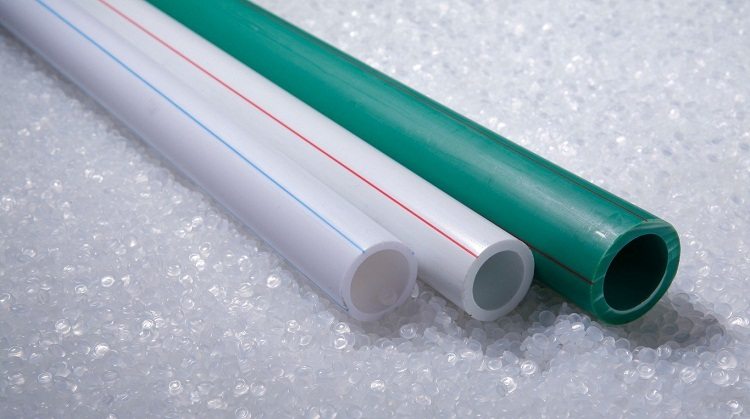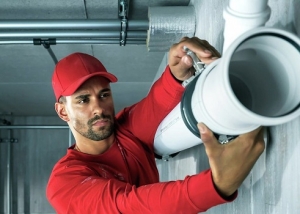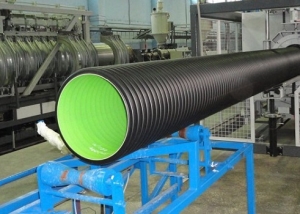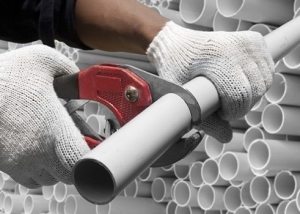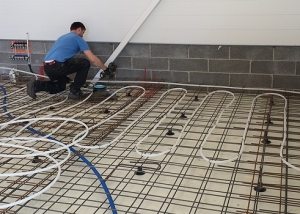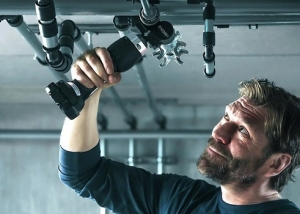The variety of building materials these days has provided a lot of opportunities for translating ideas on how to make the space around you more comfortable. However, consumers prefer some materials, but not others. Regarding the purchase of components for the heating system and water supply system, the situation is the same, the question immediately arises: which is better: plastic pipes or metal-plastic ones? Weigh the pros and cons.
Content
What pipe properties affect the choice?
Plastic pipe includes three layers: the inner layer is cross-linked polyethylene, the middle is aluminum, the outer is protective polyethylene. All layers are interconnected by a special glue, which does not allow the product to delaminate.
The polymer layer inside is resistant to temperature loads and chemicals, antistatic, has a very smooth surface. Crosslinked polyethylene has one important feature - molecular memory. After exposure to this material, it restores the original state. This is a very significant property, since at sharp bends (in the floor heating system, for example) inside the product, under the one-sided pressure of water, the plastic layer does not slip and the pipes become clogged. Aluminum foil with a thickness of 0.2-1mm (optimal 0.5mm) minimizes the thermal expansion of the plastic.
Important! The rate of thermal expansion of polyethylene and aluminum is different, so the difference in temperature of the liquid can lead to the separation of the layers of the pipe in poorly glued fakes, which will lead to leakage and even rupture.
The modern metal-plastic range has proven itself in the production of heating and water supply systems, as it combines a lot of advantages:
- high performance: temperature 95-110aboutC, pressure from 25 atm. (1-25aboutC) up to 10 atm. (95aboutWITH);
- subject to all assembly rules and the availability of quality material, the pipeline for cold water is guaranteed to last 50 years or more, hot - up to 50 years;
- the inner coating remains smooth regardless of the temperature and chemical parameters of the coolant, which prevents clogging of the pipes;
- high thermal conductivity - a good indicator for heating;
- lightness and plasticity, the ability to give the water supply any bendable shapes without special equipment;
- the length of the bay is 50-200m, this allows you to reduce the number of joints of the pipeline (this is convenient when heating radiation distribution);
- installation can be done independently, without use welding.
But metal-plastic pipes have several disadvantages:
- the high cost of the pipe itself and the connecting elements in comparison with a plastic analogue;
- narrow diameter range - 16 - 63 mm;
- no resistance to damage, mechanical stress, thermal radiation (150aboutC) ultraviolet light;
- frequent changes in temperature weaken the joints, so professionals do not advise mounting such systems inside the wall;
- icy water inside can break the pipeline;
- not applicable for water extinguishing systems.
Polypropylene pipes successfully compete with metal-plastic in related fields of application. Their characteristics coincide in many respects, since the technical data of plastic are the basis of these materials, however, the difference in performance and installation method makes one hesitate in choosing which pipes are better: metal-plastic or polypropylene.
Polypropylene plastic pipes, due to their properties and a wide dimensional grid, are used for the production of water supply, heating, sewage and ventilation. In heating systems, polypropylene reinforced with fiberglass or aluminum foil with perforation is used, which reduces thermal deformation by 10 times.
In addition to the similarities, polypropylene pipes have a number of distinctive features:
- high strength, resistance to mechanical damage;
- the structure does not imply any delamination, the reinforcing layer is soldered into the pipe walls, does not affect the integrity;
- the expansion of the water supply under the influence of hot or icy water does not lead to the destruction of the structure, later it takes the initial parameters;
- resistance to chemical additives in the transported liquid.
It is interesting! More recently, plastic products have become resistant to chlorine oxidation due to the addition of antioxidants. Until that moment, “poly” plastic collectors for drinking water were not suitable.
Reinforced pipe performance:
- temperature 75-95aboutC, pressure from 25 atm. (1-25aboutC) up to 7 atm. (95aboutWITH);
- low thermal conductivity maintains the temperature of hot water;
- the service life for cold water is guaranteed to be more than 50 years, hot - 25 years;
- the reinforced conduit can be safely mounted under the tile;
- low cost of pipes and fittings;
Significant disadvantages of plastic pipes are as follows:
- under conditions of both high pressure and temperature, the service life is reduced to 3 years;
- collapses from exposure to ultraviolet radiation;
- in rooms with high fire hazard, the installation is not permissible;
- in regions with harsh cold climates, the coolant temperature is over 110aboutC, here plastic is completely inapplicable in heating;
- pipe bending requires additional time for installation using transitional parts;
- Hot installation requires skills and special equipment.
Another factor influencing the decision - which polypropylene or metal-plastic pipes to choose - is the mounting method. Installation of these types of products is fundamentally different.
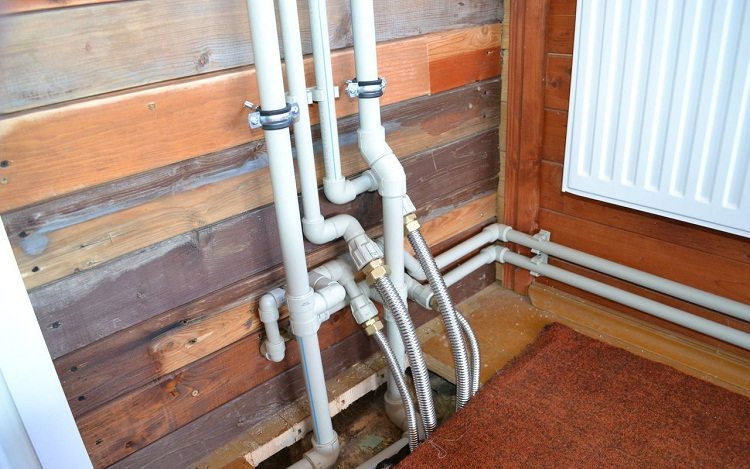
The disadvantage of polypropylene is poor flexibility, this increases the cost of fittings with a large number of pipe bends
Installation of plastic pipes
Joints of metal-plastic pipes are considered a weak link, since it is difficult to achieve 100% tightness, you need to be sure of the quality of the material and observe all the subtleties of installation. Nobody undertakes to guarantee the longevity of the joint service in an apartment building, because of the variability of pressure and temperature in the system there is a risk of leakage (breakdown of the layers). In a private house, such indicators are more stable, and here the maximum service life.
Connection of metal-plastic pipeline elements can be done quickly and independently (this is a plus), it is enough to be able to use a wrench. First you need to make the piping, and then make the docking on the fixed pipes. The ductility of the aluminum insert allows you to bypass difficult places, forming a bend with your hands. There are two types of special fittings: press fittings and crimp fittings, they must be from the same manufacturer as the pipes.
The crimp fitting is secured by tightening the nut on the crimp ring with a rubber seal. This connection method sometimes requires tightening or replacement to restore tightness.
Important! The additional tightening of the nut requires caution; the aluminum layer of the pipe can be damaged, after which it will collapse.
Access to the joint is necessary here, laying under the plaster is not advisable.
The press fitting provides a durable, non-separable connection with a high degree of leakage protection. Such a connection is expensive, performed by a pressing tool, but does not require repair. A pipe with such a joint can be laid in the wall or used for equipment of a warm floor.
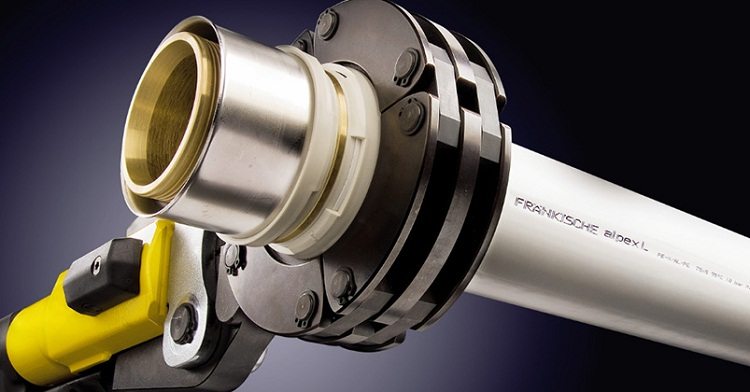
For the installation of some types of fittings, special pliers are needed, without them it is impossible to perform quality work
Installation of polypropylene pipes
The most advantageous feature of polypropylene pipes is monolithic joining. The connection of parts (only chemically homogeneous) is carried out by soldering by means of a special soldering iron. Heated plastic pipe and fitting (260aboutC) they are joined, the materials are completely merged with each other, so that the pipe and connection elements become one. The structure should not be stirred until it cools completely. Leaks are not guaranteed to occur here, and it is perfectly acceptable to sew the pipeline into the walls.
Important! It is impossible to install polypropylene components in a room with zero air temperature.
Adhesion of polypropylene materials - The process is long and laborious. It requires speed, accuracy of movements, the pipe is carefully prepared before welding (cleanliness and correctness of the cut, the absence of water and pollution at the junction). Each turn of the conduit requires the soldering of the corresponding docking element. Compared to the low cost of the material, installation work is more expensive.
Again, the whole process requires full compliance installation technology, you need experience in performing such operations, then when operating such a pipeline, you can be calm.
Only suitable for hot water and heating reinforced polypropylene pipes, since the extension of a simple analogue at a water temperature of over 90aboutC is 14 mm per 1 meter. Pipe fasteners must be sliding. Regardless of the length, the riser with hot water bends from heating, so it must be fixed with loops.
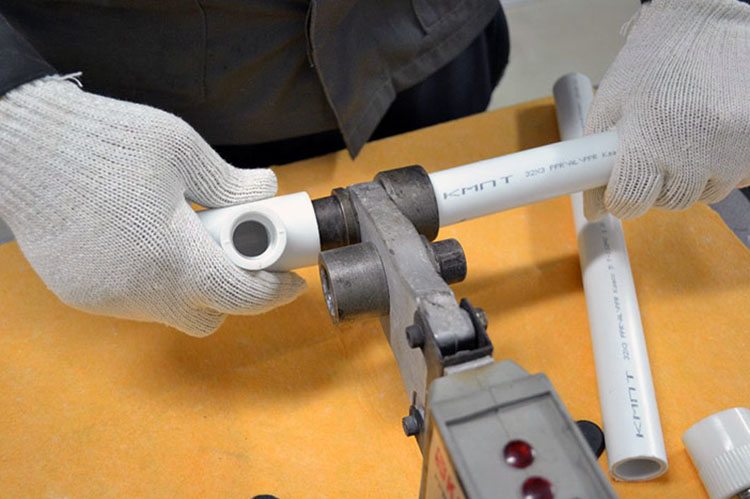
Installation of pp pipes is carried out using a special soldering iron, which heats the ends of the workpieces
Criterias of choice
Correctly answer the difficult question "which is better: plastic pipes or metal-plastic?" You can, taking into account such aspects:
- The purpose of using the pipe assortment. For cold water, polypropylene is more profitable, there will be no leakage problems. For underfloor heating, metal-plastic with press fittings is more convenient. For hot water and heating, decide which is better: plastic pipes or metal-plastic, the information of experienced craftsmen will help.
- Material. Confidence in the quality of the material largely determines the life expectancy of the pipeline. The presence of product certificates, documentation with technical data, and appearance require attention.
- Performance data. The material must be suitable for use under the necessary conditions (temperature, pressure, a house with autonomous systems or a central highway). Linear expansion of one meter of pipe with an increase in t by 1aboutC for metalloplastics will be 0.0002 cm, for polypropylene 0.015 cm.
- Assembly method. Both types of products can be easily assembled independently if you have confidence in your knowledge and the availability of the necessary tool. Remember, the connection using the threaded element must be accessible.
- Construction budget. The cost of materials is different, the main thing is to find for yourself an option with a balance of price / quality. You can combine products, for example, to make interfloor risers in polypropylene or prefer it for a riser with cold water.
Over time, more and more plastic products with innovative characteristics appear. Useful information in the field of construction / repair, accumulated through trial and error, will help, casting aside doubts, make responsible choices and decide which is better: plastic or polypropylene pipes.
